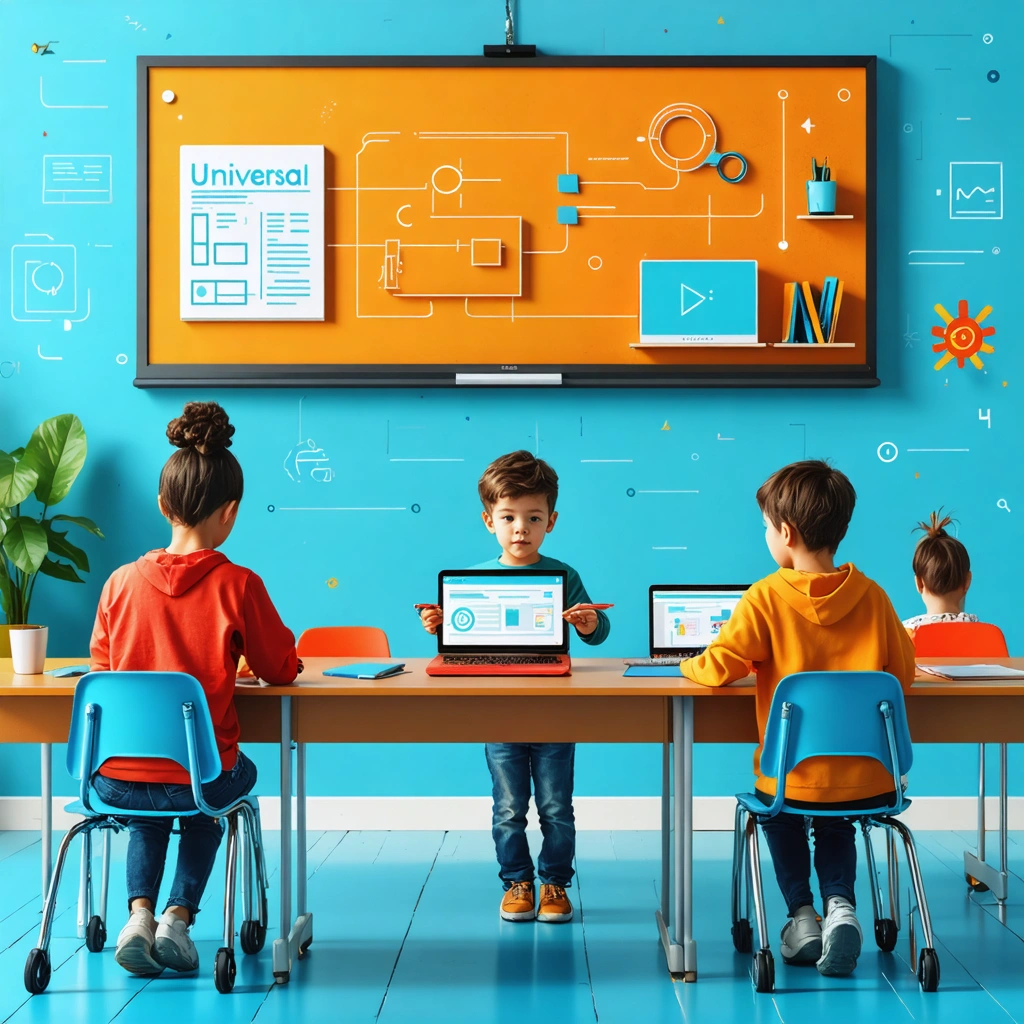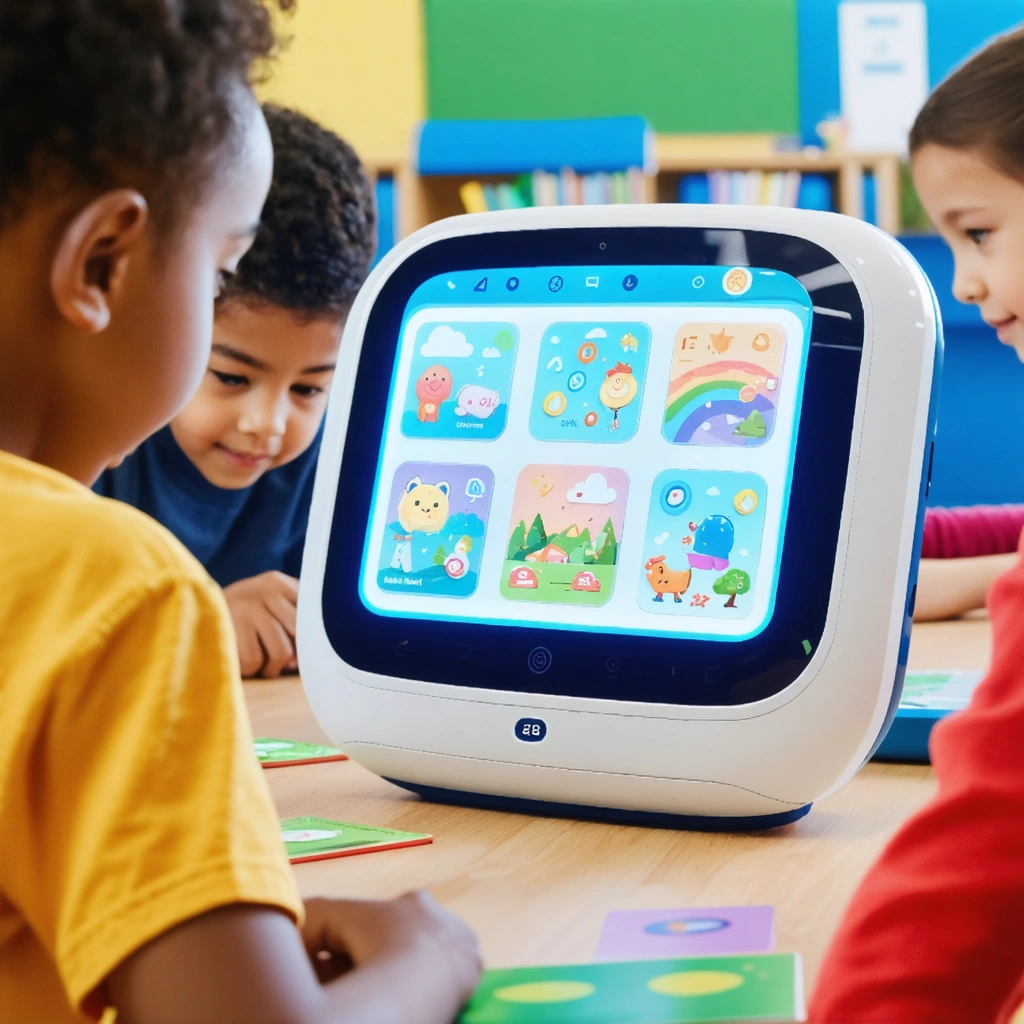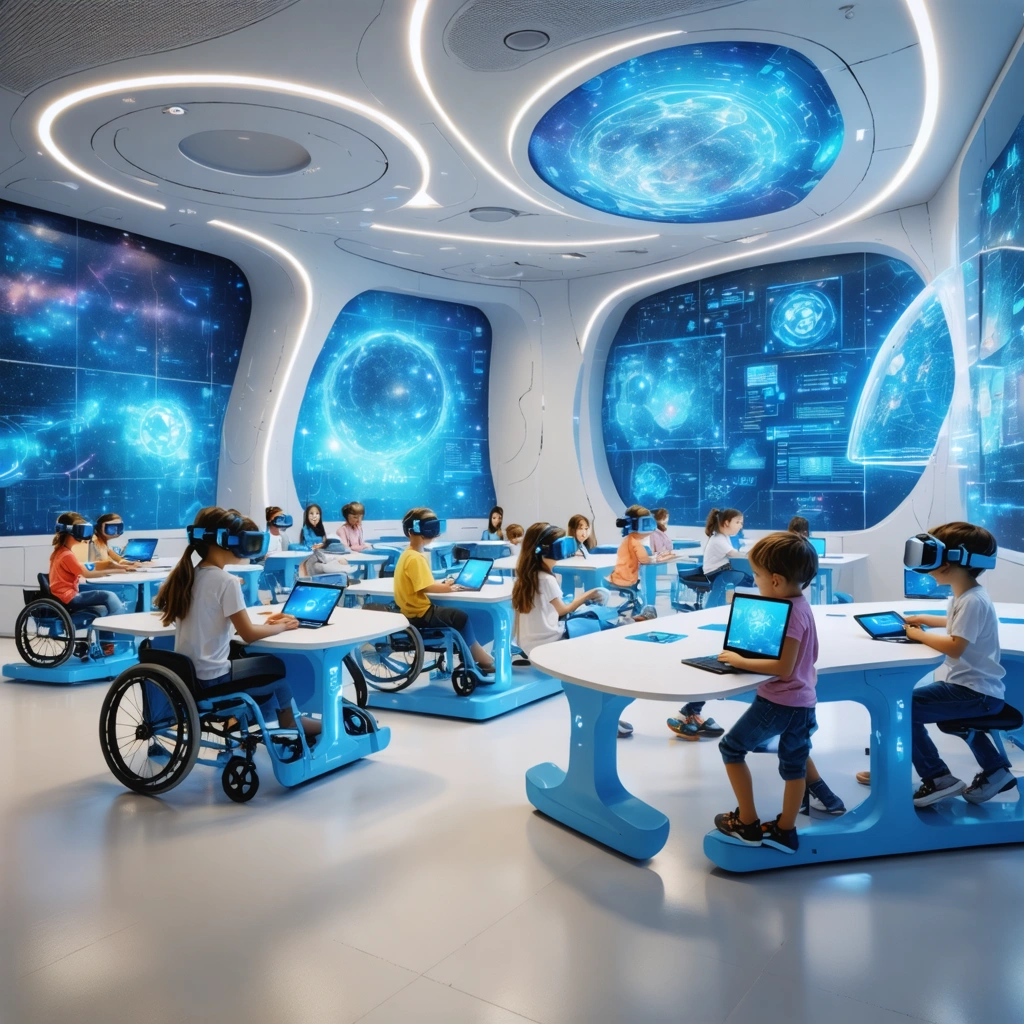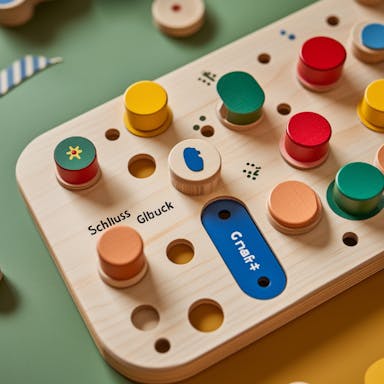In today’s diverse educational landscape, meeting the needs of all learners is more important than ever. This is where Universal Design for Learning (UDL) comes into play—a framework designed to create inclusive and accessible learning environments. But what exactly is UDL, and how can it transform education? This comprehensive guide explores the core principles of UDL, its benefits, and how AI can enhance its implementation.
What is Universal Design for Learning (UDL)?
Universal Design for Learning (UDL) is an educational framework aimed at making learning accessible to everyone, regardless of abilities, backgrounds, or learning styles. Inspired by universal design principles in architecture and product design, UDL seeks to proactively remove barriers and create flexible learning environments.
In education, UDL guides the design of instructional goals, materials, methods, and assessments that work for all learners. By leveraging technology—particularly AI—educators can implement UDL more efficiently and effectively.

Core Principles of UDL
The UDL framework is based on three core principles that address different aspects of learning:
1. Multiple Means of Engagement
• Definition: Capturing learners’ interest and motivation by offering diverse ways to engage with content.
• Examples:
• Allowing students to choose assignment formats.
• Using real-world applications to make lessons relevant.
• AI Integration: AI-driven platforms can provide personalized learning paths that align with individual preferences.
2. Multiple Means of Representation
• Definition: Presenting information in multiple formats so learners can access and process it in ways that suit them best.
• Examples:
• Utilizing visual aids, audio materials, and interactive media.
• Breaking complex concepts into simpler, digestible parts.
• AI Integration: AI tools can convert text to audio, generate captions, and translate content in real time.
3. Multiple Means of Action and Expression
• Definition: Providing students with various ways to demonstrate their knowledge.
• Examples:
• Allowing students to choose between essays, presentations, or creative projects.
• Offering assistive technology for students with disabilities.
• AI Integration: Adaptive AI assessments can adjust to students’ strengths and weaknesses.
How AI Enhances UDL
While UDL is transformative on its own, AI amplifies its potential by automating processes, personalizing learning experiences, and removing barriers.
Key AI Benefits for UDL:
• Personalized Learning Paths: AI analyzes student progress and recommends tailored resources and activities.
• Real-Time Accessibility: Tools like text-to-speech, speech-to-text, and automated captions make learning content universally accessible.
• Scalability: AI allows educators to implement UDL principles for large groups without overwhelming workloads.
• Data-Driven Insights: AI provides actionable data on learning patterns, enabling educators to refine their strategies.
For example, AI-powered tools can design custom assignments, translate materials into multiple languages, and provide immediate feedback—all while reducing administrative burdens for teachers.

Benefits of AI-Enhanced UDL
For Students:
• Truly Personalized Learning: AI tailors content and activities to individual strengths and needs.
• Barrier-Free Accessibility: Tools like screen readers and language translation ensure inclusivity.
• Increased Engagement: Interactive AI-powered content keeps learners motivated.
For Educators:
• Efficiency: Automating repetitive tasks allows educators to focus on impactful teaching.
• Scalability: Easily implement UDL strategies across diverse classrooms.
• Better Insights: AI-driven analytics provide a deeper understanding of student performance.
UDL vs. Traditional Teaching Methods

The Power of UDL and AI
Universal Design for Learning (UDL) is a powerful framework for creating inclusive education, but implementing it can be challenging. AI bridges this gap, making UDL more efficient, scalable, and impactful.
By automating processes, personalizing learning experiences, and providing real-time accessibility tools, AI turns UDL’s vision into reality for every learner, regardless of their background or abilities. Together, UDL and AI offer a roadmap to the future of education—one that is equitable, inclusive, and truly transformative.
Are you ready to embrace the future of inclusive education? Explore how AI can enhance UDL by visiting universaldesignai.com for more insights, tools, and inspiration.
Follow us on LinkedIn and Twitter for updates, and let’s create a better learning environment together!



